|
While many people overlook soil as 'just dirt,' human life depends on healthy soils. Civilizations, in fact, came to fruition in tandem with cultivating soils for agricultural development. Soil degradation and erosion have also contributed to most civilizational collapses throughout world history. Healthy soils provide many benefits, including: •Regulating water, which can help reduce flooding and drought impacts and improve water quality •Sustaining plant and animal life needed to sustain our own lives and livelihoods •Cycling nutrients including carbon, nitrogen, and phosphorous (Source: NRCS). Across much of Iowa and the tallgrass prairie biome, we have lost half or more of our topsoil. Fortunately in recent decades, agricultural conservation practices have significantly reduced the rate of soil erosion, but soil health continues to suffer in many places. In hilly areas like western and southern Iowa, soil quality has decreased in recent years on the tops and sides of hills as topsoil has washed downhill with snowmelt and rainfall. Wind erosion also blows away topsoil, According to the 2021 article by Thaler, Larsen, and Yu, "The extent of soil loss across the US Corn Belt, "[D]egradation of soil quality by erosion reduces crop yields, which can result in food insecurity, conflict (3), and the decline of civilizations (4). Degradation of soils leads not only to economic losses for farmers but also a loss in ecosystem services (5), which alters the ability of soils to regulate hydrologic and biogeochemical cycles. Widespread use of synthetic fertilizers to enhance the function of degraded soils increases food production costs (6) and impairs water resources (7), which negatively impacts human health (8) and aquatic ecosystems (9)." Although it takes time, soil can be regenerated through a few fairly simple practices known as the soil health principles: •Maximizing Presence of Living Roots, •Minimizing Disturbance, •Maximizing Soil Cover, and •Maximizing Biodiversity 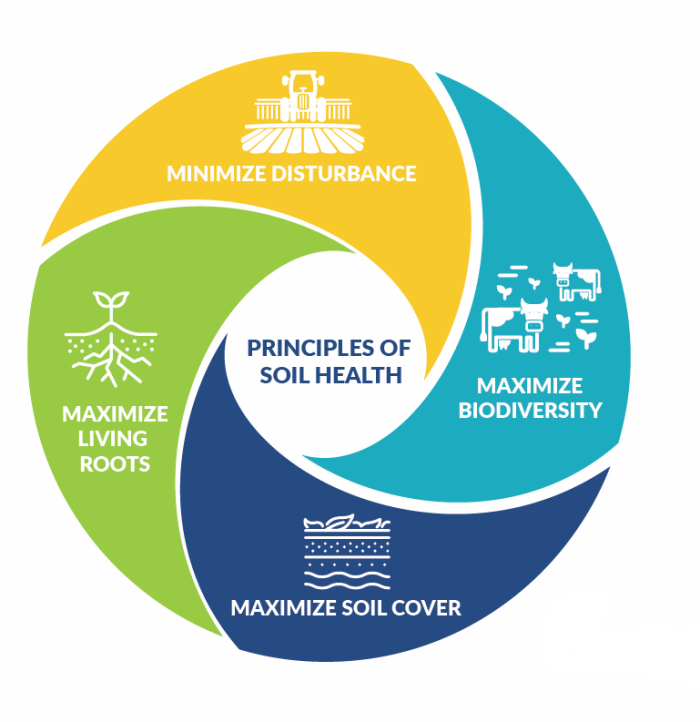 Image source: https://www.nrcs.usda.gov/conservation-basics/natural-resource-concerns/soils/soil-health Image source: https://www.nrcs.usda.gov/conservation-basics/natural-resource-concerns/soils/soil-health N0-till, cover crops, extended rotations, and incorporating livestock into the landscape are some of the of practices farmers can use to regenerate soils.
In the coming weeks and months, we'll be going into detail on these principles, and explore how a variety of conservation practices can be used to improve soil health. Golden Hills currently has a few projects working on regenerative practices, including RCPP, ALUS, and Underserved Farmer. If you are a farmer interested in these, feel free to contact us! Stay tuned here for additional information about soil health coming soon!
0 Comments
Our mission at Golden Hills RC&D is to collaboratively develop and lead community, conservation, and cultural initiatives to improve our quality of life in rural western Iowa. Our "official" territory from our original organizational bylaws is an eight-county region in the southwestern portion of Iowa (Cass, Fremont, Harrison, Mills, Montgomery, Page, Pottawattamie, and Shelby). In 2023, we added four more counties (Audubon, Carroll, Crawford, and Monona). Several projects extend beyond these 12 counties into more than 20 counties (learn more about where we work). Our goals are to develop industries in local communities that utilize local resources; ensure healthy natural resources that meet the needs of agriculture, industry, private use, and recreational facilities; promote and enhance art, culture and historic resources in rural communities; collaborate with local governments and organizations on projects that benefit the environment; and work on projects that fill gaps in community services to benefit people of southwest Iowa. We accomplish these goals by focusing our work in five program areas: outdoor recreation and tourism, land stewardship, water resources, local foods, and arts and culture. Today's Mission Monday focus is Local Foods. Both Integral and popular parts of our Local Foods program, the Featured Farm blog posts and Southwest Iowa Farmer Meetups are great ways to learn about local producers in southwest Iowa. Golden Hills has organized several farmer meetups over the past year, including Cottonwood Hill Farms in McClelland and Flavor Country Farms in Honey Creek, which specializes in mushrooms and microgreens. The farmer meetups are a great way to meet local food producers and others interested in local food farming in southwest Iowa. Farmer meetups are free and include a tour of the host farm or the facility where the meetup takes place, making the events an excellent way to socialize and network with others in the local foods scence. Fortunately, if you missed previous farmer meetups, Golden Hills has two farmer meetups scheduled over the next two weeks. In addition to organizing farmer meetups, Golden Hills has featured a total of 17 southwest Iowa farms in our "Feature Farm" series. This series of blog posts highlights local food producers, farmers markets, and businesses throughout southwest Iowa. Sycamore Ridge Small Farm LLC One Farm Market 3 Bee Farms Duncan's Poultry Garden of Paradise Flavor County Farms Archer Aqua Farms Mud Ridge Ranch Brun Ko Farm Hidden Hollow Farm Junge Produce Cottonwood Hill Farms One Farm Long Walk Farm Ditmars Orchard & Vineyard Sown Local Foods Paradigm Pastures Our mission at Golden Hills RC&D is to collaboratively develop and lead community, conservation, and cultural initiatives to improve our quality of life in rural western Iowa. Our "official" territory from our original organizational bylaws is an eight-county region in the southwestern portion of Iowa (Cass, Fremont, Harrison, Mills, Montgomery, Page, Pottawattamie, and Shelby). In 2023, we added four more counties (Audubon, Carroll, Crawford, and Monona). Several projects extend beyond these 12 counties into more than 20 counties (learn more about where we work). Our goals are to develop industries in local communities that utilize local resources; ensure healthy natural resources that meet the needs of agriculture, industry, private use, and recreational facilities; promote and enhance art, culture and historic resources in rural communities; collaborate with local governments and organizations on projects that benefit the environment; and work on projects that fill gaps in community services to benefit people of southwest Iowa. We accomplish these goals by focusing our work in five program areas: outdoor recreation and tourism, land stewardship, water resources, local foods, and arts and culture. Today's Mission Monday focus is Outdoor Recreation & Tourism.
Since its inauguration in 2019, Brent's Trail has become one of the most popular hiking trails in the state of Iowa. Here is a selection of articles about the trail:
The trail is the start of a proposed trail that will eventually connect the northern and southern ends of the State Forest. A southern extension was added in 2021, allowing hikers to extend their hike for an 11-mile trek. The idea for Brent’s Trail was modeled after other long-distance trails such as the Appalachian Trail and Pacific Crest Trail. While we don’t have mountains in Iowa, we do have the Loess Hills. The Loess Hills are a geologically and ecologically significant part of Iowa’s landscape. Although loess soils are found in many places, the only place in the world with deeper and more expansive loess deposits are in the Yellow River Valley in China. The Loess Hills in Iowa span 7 counties and roughly 200 miles. Nearby areas of the Loess Hills in Harrison and Monona Counties were designated as National Natural Landmarks by the National Park Service, one of only 7 in Iowa. The Loess Hills have many great opportunities for hiking, but until Brent’s Trail there wasn’t a point-to-point trail of significant distance. Iowa also has many multi-use trails of longer distances, but most are built on former railroad corridors or road right of ways, which means that they are relatively flat. Those looking for a rigorous, more challenging hiking experience were previously limited to isolated areas with a few loop trails. This trail, and its expansion, represent a completely new type of trail for Iowa. Longtime state forester Brent Olson had a vision for this type of trail many years ago. With the tracts of land owned by the Harrison County Conservation Board and the Iowa Department of Natural Resources through the Loess Hills State Forest, Preparation Canyon State Park, and wildlife management areas, there was the possibility for many miles of ridgetop trail. However, to connect these areas there was a ‘missing piece’ between Harrison County Conservation Board’s Murray Hill and the DNR’s Loess Hills State Forest. Negotiations for access to that property had been at an impasse for years, and it seemed probable that the trail may never happen. With the development of the Loess Hills Missouri River Region Parks to People Plan, the idea of an Appalachian-trail type ridgetop hiking trail resurfaced. Ignited with a new vigor, the Iowa DNR pursued the possibility of an easement on the property – this time with success! Harrison County Conservation Board and the Iowa DNR put in countless hours preparing the trail. Trail markers, rustic steel cut into the shape of bur oak leaves, were made by a local artisan in Woodbine and the costs were covered by a grant from the Dean J. King Family Foundation. Brent’s Trail is located on the Loess Hills National Scenic Byway’s Fountainbleau Loop. Fountainbleau is the name of the cemetery where French-American fur trader Charles Larpenteur is buried. Brent’s Trail intentionally passes right by this cemetery. Murray Hill Scenic Overlook and Preparation Canyon Scenic Overlook are always highly recommended for those looking to get an iconic photo of the Loess Hills, and with the addition of Brent’s Trail visitors will be able to ‘get off the beaten path’ and further explore the unique landscape. Brent's Trail is open to the public daily, year-round. Hikers should note that this is a rugged hike on dirt and grass surfaces. Water and restrooms are not available, so hikers should come prepared for a true backcountry experience unlike anything else in Iowa. The route is marked with metal oak leaf signs.
New Year's Day was celebrated by many who took a hike on the Iowa side. First Day Hikes were held at several parks in western Iowa: more than 40 people hiked the canyon and forest trails at Preparation Canyon State Park in Monona County; more than 150 people joined park staff on a two-mile hike at Waubonsie State Park in Fremont County; and a great group hiked the trails at Prairie Rose State Park in Shelby County.
Hiking and walking are excellent ways to get outdoors. The Loess Hills Missouri River Region has many miles of beautiful public hiking and walking trails. The WanderLoess Backcountry Hikes page includes some of the more rugged and longer hikes in Harrison, Mills, and Pottawattamie counties. Golden Hills RC&D has also developed an online Loess Hills Hiking Guide with a map of places to hike throughout the seven-county Loess Hills region. This list expands on that and includes hiking trails and walking paths for all ages and abilities in the Loess Hills Missouri River region. Is your favorite hiking or walking trail missing? Let us know!
However, don't think that the only hiking trails in western Iowa are in the Loess Hills! There are many great public areas in counties outside the Loess Hills that offer quiet and tranquil trails to explore any season of the year. Whiterock Conservancy in Guthrie County is celebrating its 20th anniversary this year. For more hiking locations throughout western Iowa, check out our series about hiking the three scenic byways that Golden Hills coordinates in western Iowa: Glacial Trail Scenic Byway, Loess Hills National Scenic Byway, and Western Skies Scenic Byway.
For specific trail recommendations, we have you covered too!
If you like to take your canine companion hiking, make sure you know about the rules and regulations of the public area where you intend to hike. Check out our blog post Hiking with Dogs in Western Iowa for more information.
Other hiking resources to check out: The Iowa by Trail app includes hiking trails across Iowa. REI’s Hiking Project has info about hiking trails nationwide. AllTrails has maps and reviews of hundreds of trails in the state. The book Hiking Iowa has more detailed summaries of some of the best hikes across the state (look for the second edition by Golden Hills' Seth Brooks in July 2024).
Do some research before heading out, as nature centers, restrooms, campgrounds, and other public facilities may have reduced seasonal hours. Come prepared with snacks and water. Stay on trails and obey private property boundaries. Only take dogs where they are allowed, keep them on a leash, and pack out their waste. Take a bag to carry out any of your trash, too. Stay safe, and take a hike!
Arrowhead Park - Hiking trails wind through wooded hillsides around a beautiful pond popular for fishing and paddling. Arrowhead Park trails map.
Botna Bend Park - Best known for live elk and bison, Botna Bend includes nature trails through prairies and woods along the West Nishnabotna River in Hancock. Botna Bend map.
Cold Springs Park - This 140-acre park is located south of Lewis, about 10 miles south of Atlantic. The highlight is the 0.7-mile Nishnabotna Rock Cut Trail (1.5 miles roundtrip) that leads to an unusual limestone outcropping on the East Nishnabotna River.
Council Bluffs trails - More than 40 miles of mostly-flat, paved trails connect the Missouri riverfront with Big Lake Park, Lake Manawa State Park, and much more. Council Bluffs trail map. Desoto National Wildlife Refuge - This refuge includes hiking trails through a large wildlife refuge along the Missouri River. It’s a great place to see wildlife, especially waterfowl and other birds. Desoto refuge brochure & map. Edgington Memorial Park, Avoca - Over a mile of paved, flat trails loop through this city park, along and across the East Branch of the West Nishnabotna River. Trails also connect into nearby neighborhoods. Map of Avoca trails.
Fairmount Park - Fairmount is a hidden gem in the middle of the metro. This city park has a few miles of rugged hiking trails through wooded Loess Hills with scattered prairies and restored oak savanna overlooking Council Bluffs and the Omaha skyline. Map to Fairmount Park.
Folsom Point Preserve - Owned and managed by The Nature Conservancy, this nearly-300 acre area features beautiful remnant prairies overlooking the Missouri River valley just minutes from Council Bluffs and Omaha. Hiking paths lead from the parking area to the ridgetop. Map to Folsom Point.
Glenwood Archaeological State Preserve - Located just outside Glenwood, the 900-acre preserve includes paved trails through woods and prairies. Formerly known as Foothills Park, the site is known to have numerous archaeological sites from the prehistoric Glenwood culture. Map to the Glenwood preserve.
Harrison County Welcome Center - In addition to an Iowa Welcome Center and historical village complex, this welcome center just outside Missouri Valley. Welcome Center map.
Hitchcock Nature Center is Pottawattamie County’s premier hiking destination located near Honey Creek. It has 10 miles of trails through Loess Hills prairies, woodlands and savanna. Hitchcock trail map.
Lewis & Clark Monument Park - With five miles of trails over 80 acres, this Council Bluffs city park features commanding views of the Missouri River, Council Bluffs, and downtown Omaha. The trails are also popular for mountain biking. Lewis & Clark park trail map. Loess Hills State Forest (LHSF) & Preparation Canyon State Park - The state forest and park encompass nearly 12,000 acres over four units in Harrison and Monona counties, with dozens of miles of hiking-only trails.
Mile Hill Lake - This park is located along Highway 34 near Glenwood and includes hiking paths through woods, prairies, and a marsh. The lake is popular for fishing and paddling. Map to Mile Hill Lake.
Milliman Park - Logan city park with a short hiking trail. Milliman Park trail map. Oakland City Parks - Oakland has three city parks with popular walking trails. Chautauqua Park includes flat, paved trails near the West Nishnabotna River. Map to Chautauqua Park. Old Town Conservation Area - This area has about 10 miles of hiking trails through prairies and woodlands overlooking the Boyer and Missouri river valleys as well as the community of Missouri Valley. Old Town trail map.
Pleasant View Park - Dunlap city park with short, ADA-accessible walking trail around a smal pond. Pleasant View Park trail map.
Pony Creek Nature Center - Pony Creek features a popular lake, nature center, campgrounds, and rugged Loess Hills hiking trails through woods and prairies. Map to Pony Creek. Ray Thomas Wildlife Preserve - Mills County Conservation Board’s Ray Thomas Preserve in has a mowed walking path through woodlands and restored prairies in eastern Mills County. Map to Ray Thomas preserve. Rock Island Old Stone Arch Nature Trail - This paved trail located primarily in Shelby County extends just into Pottawattamie County with a trailhead near the Shelby exit on Interstate 80. The trail runs west through woods, prairies, wetlands, and creeks and crosses Silver Creek on an historic Stone Arch Bridge. Map to trailhead. Sawmill Hollow Wildlife Area - Known best for a popular fishing hole, Sawmill Hollow has 155 acres of wooded Loess Hills and ridgetop prairie to explore. Sawmill Hollow map.
Schaben Park - Located near Dunlap in northeastern Harrison County, hiking trails surround a small pond through oak woodlands. Schaben Park trail map.
Smith Wildlife Area - This little-known wildlife area includes 175 wooded acres located immediately outside of Council Bluffs and is open to hiking throughout. Map to Smith Wildlife Area. Vincent Bluff State Preserve - A 42-acre remnant prairie in the middle of Council Bluffs with panoramic views of the city. A short footpath leads from the parking lot to the ridgetop. Map to Vincent Bluff.
Wabash Trace Nature Trail - This crushed limestone trail follows a former railroad line from Council Bluffs to Mineola, Silver City, Malvern, and beyond. It’s also popular with bicyclists. Trailheads are located in each community. Wabash Trace trail map.
West Oak Forest - Hike up steep Loess Hills bluffs overlooking the Missouri River valley between Glenwood and Council Bluffs. More than three miles of trails through woodlands and remnant prairies. Map to West Oak Forest.
Wheeler Grove Conservation Area - This 247-acre wildlife area in eastern Pottawattamie County has prairies, oak savanna, and woodlands to explore along Jordan Creek. Map to Wheeler Grove.
Whiterock Conservancy - Whiterock Conservancy is a 5,500 acre, nonprofit land trust with more than 40 miles of multi-use trails, which take hikers through savannas, rolling pastures, native and restored prairies, wetlands, riverside bluffs, and fishing ponds. While not in the Loess Hills, exploring this Guthrie County gem is worth the drive. Willow Lake Recreation Area - 220-acre park near Woodbine, including popular lake and campgrounds. Hiking trails wind through Loess Hills prairies and around the lake. Willow Lake map. Wilson Island Recreation Area - Adjacent to Desoto refuge, this 544-acre state-managed area has trails winding through floodplain woodlands near the Missouri River. Wilson Island trail map. In addition to all these great places, take a hike through your yard, farm, or neighborhood. Stop and listen to birds and other wildlife. Look for wildflowers, mosses, and lichens. You’ll be amazed at how much there is to see and do right here in our region! |
Archives
June 2024
Categories
All
|
Address712 South Highway Street
P.O. Box 189 Oakland, IA 51560 |
ContactPhone: 712-482-3029
General inquiries: [email protected] Visit our Staff Page for email addresses and office hours. |
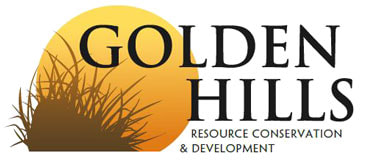
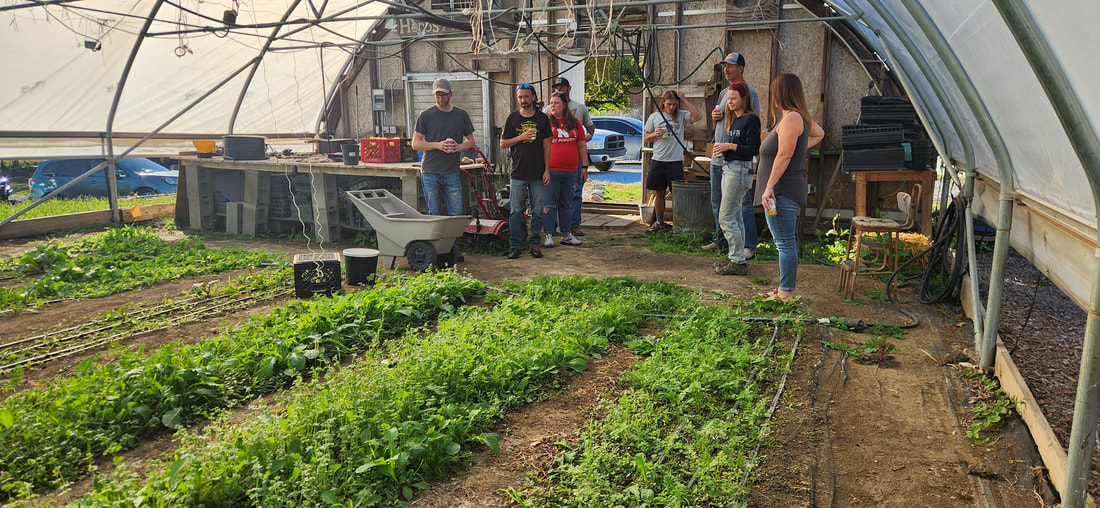
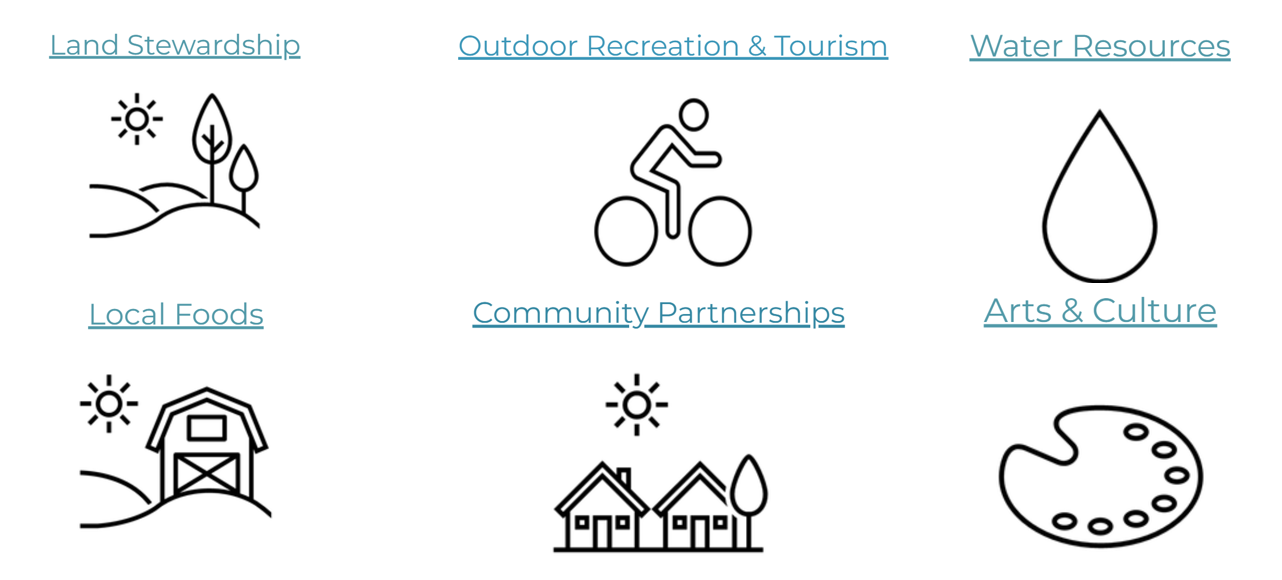
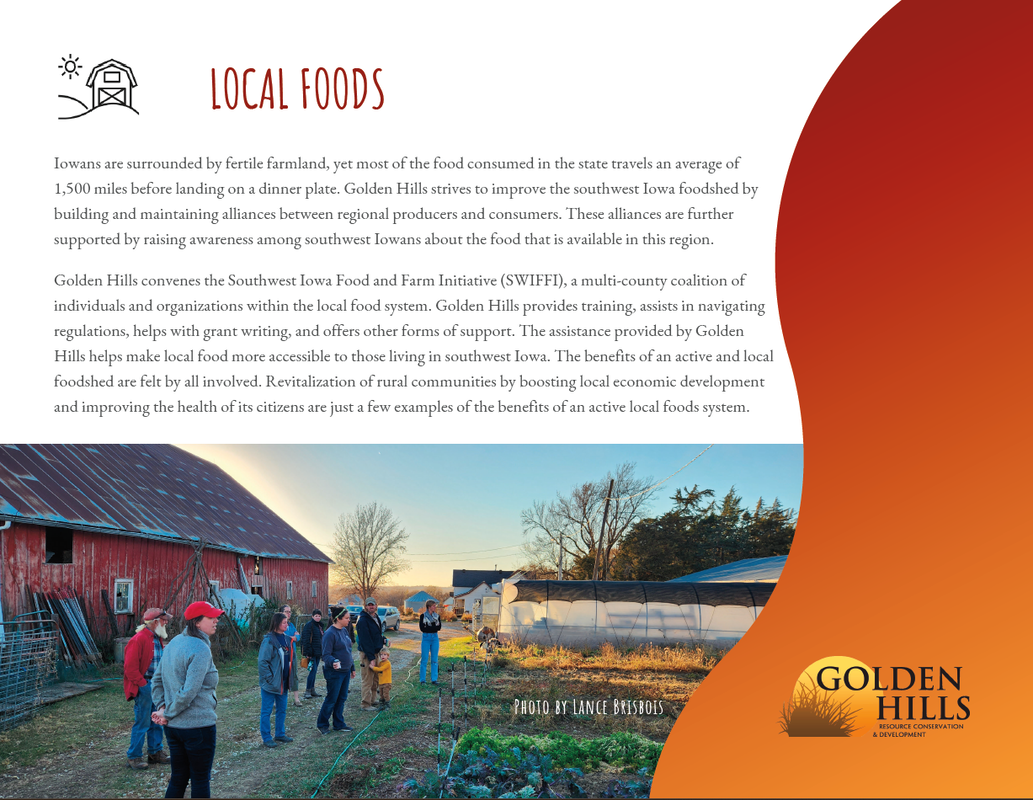
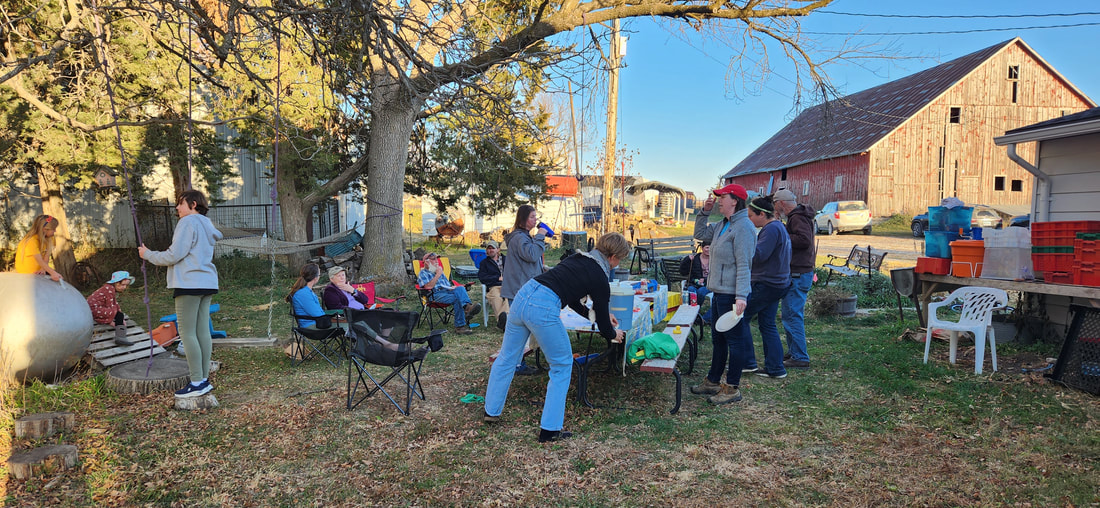


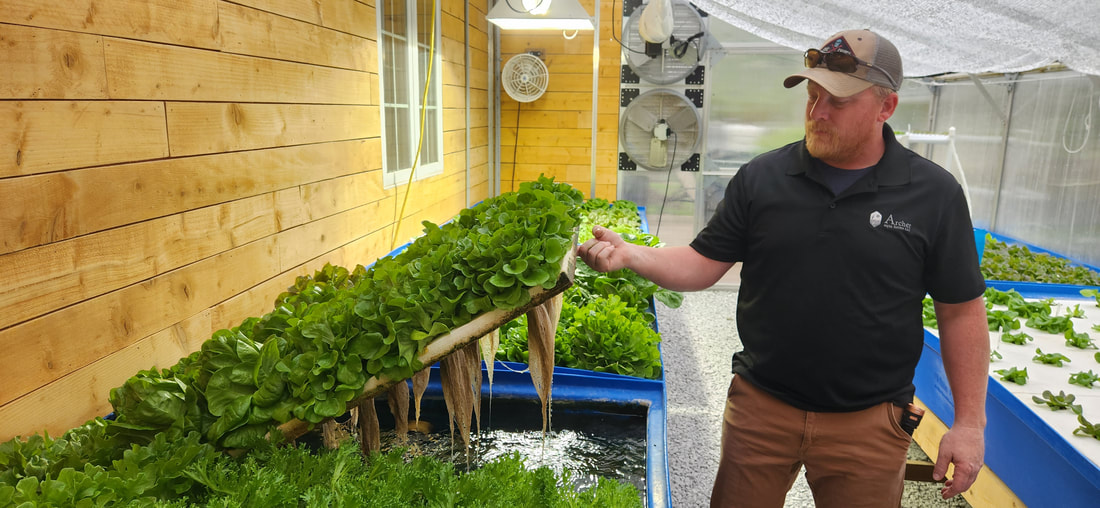
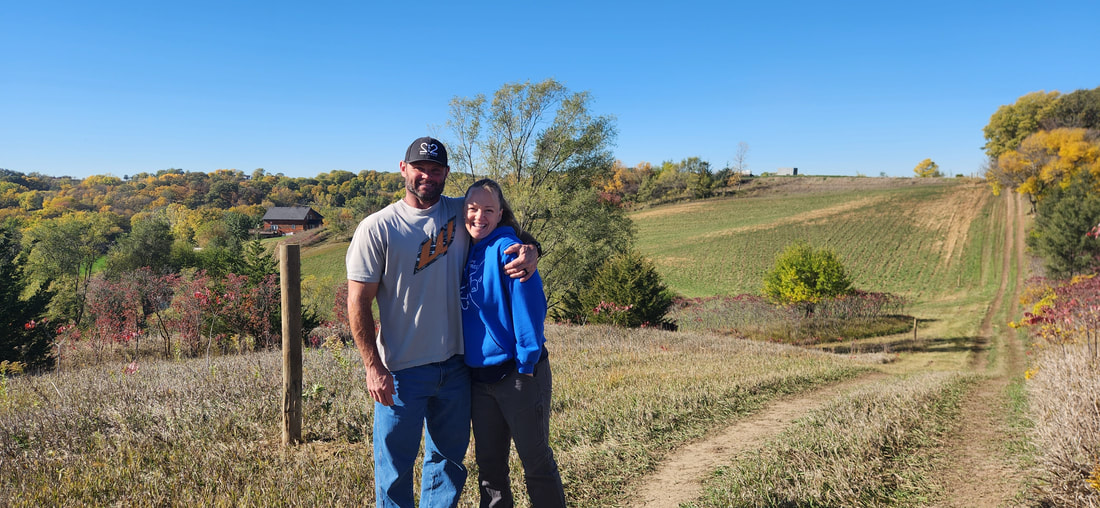
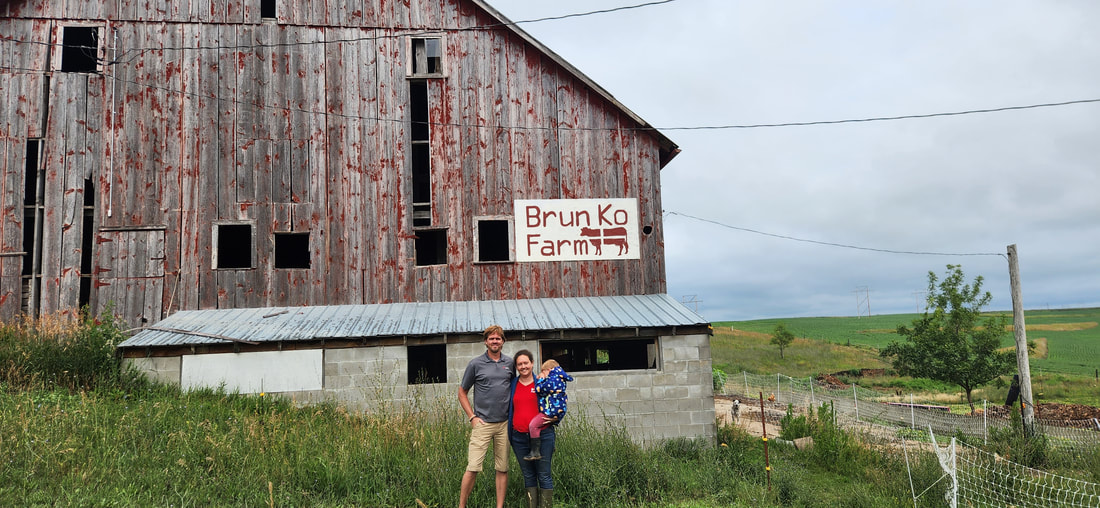
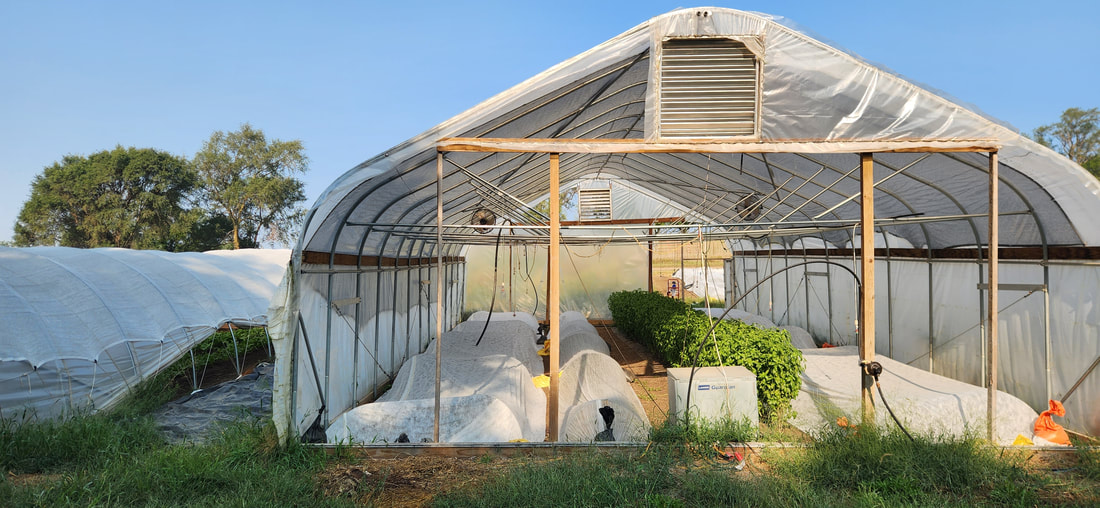
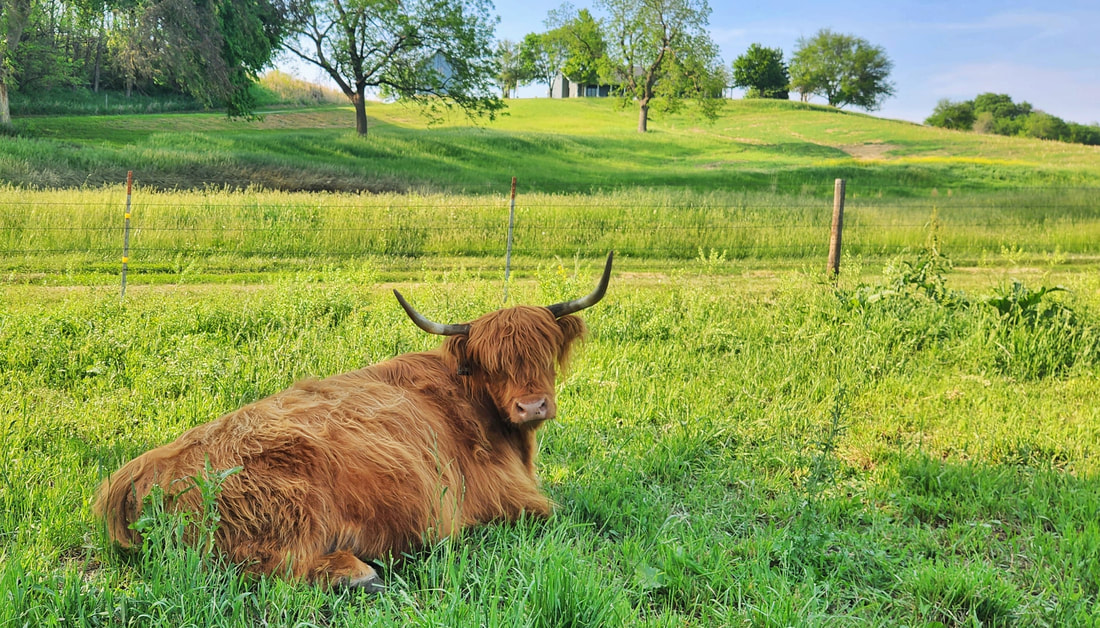
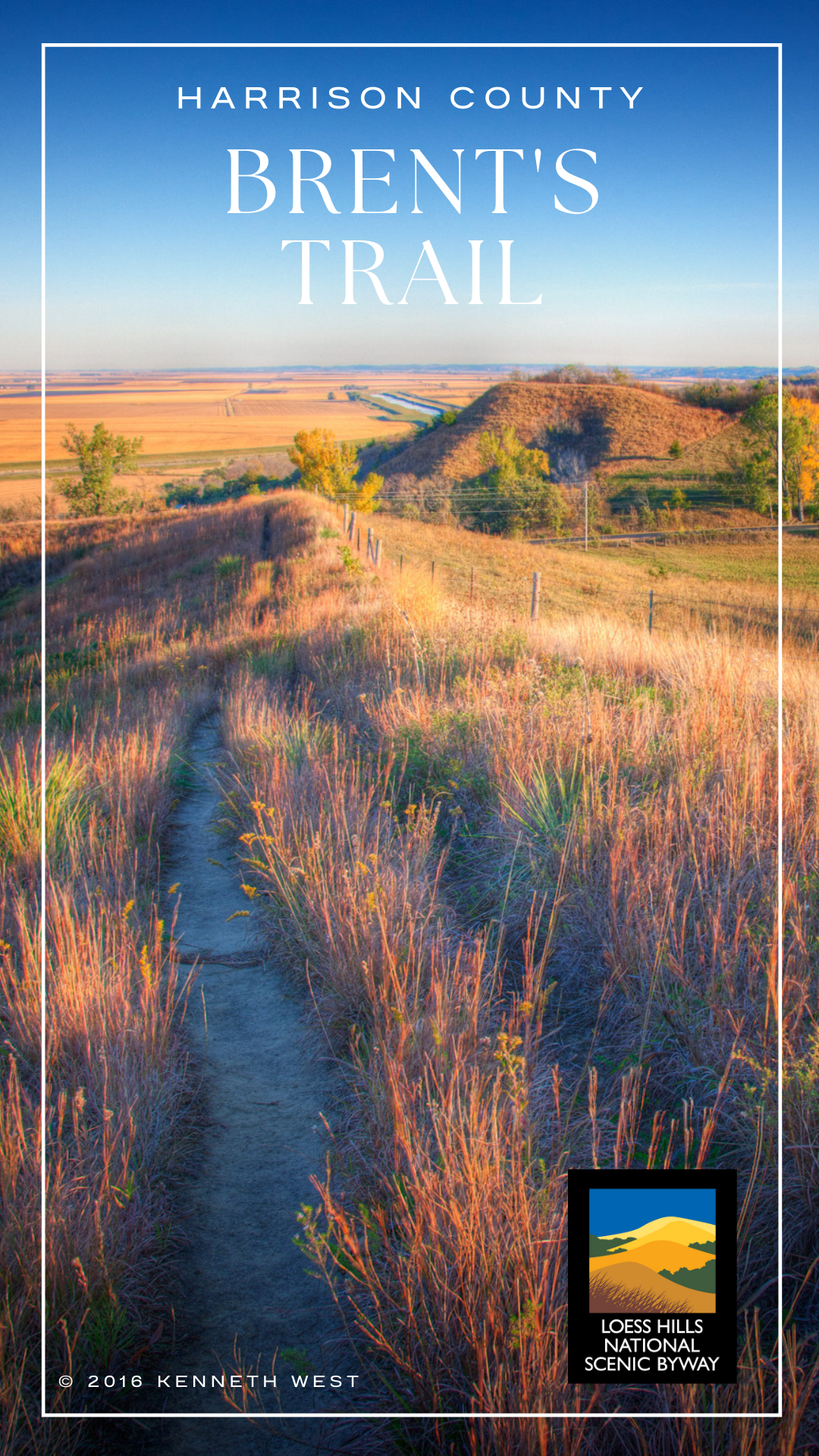
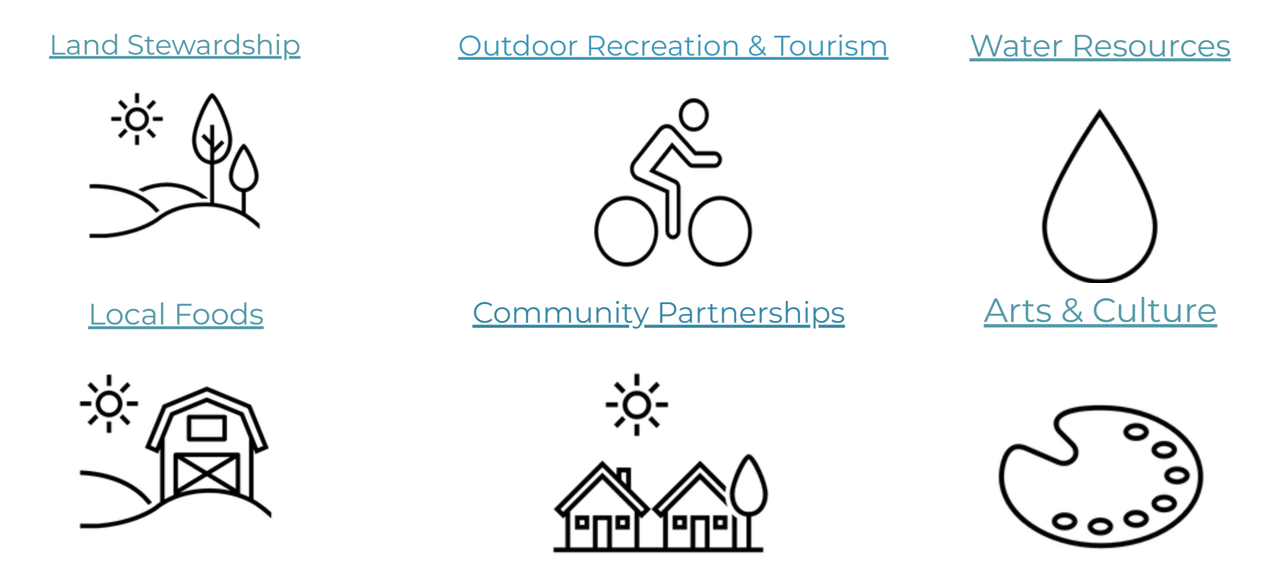
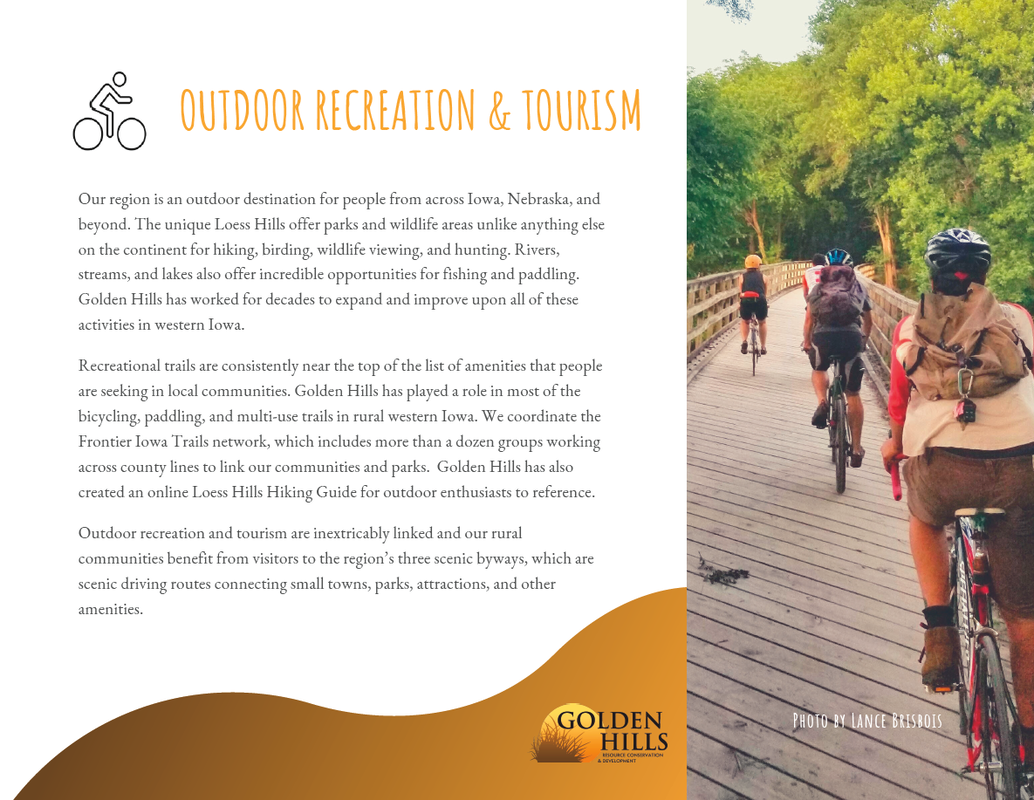
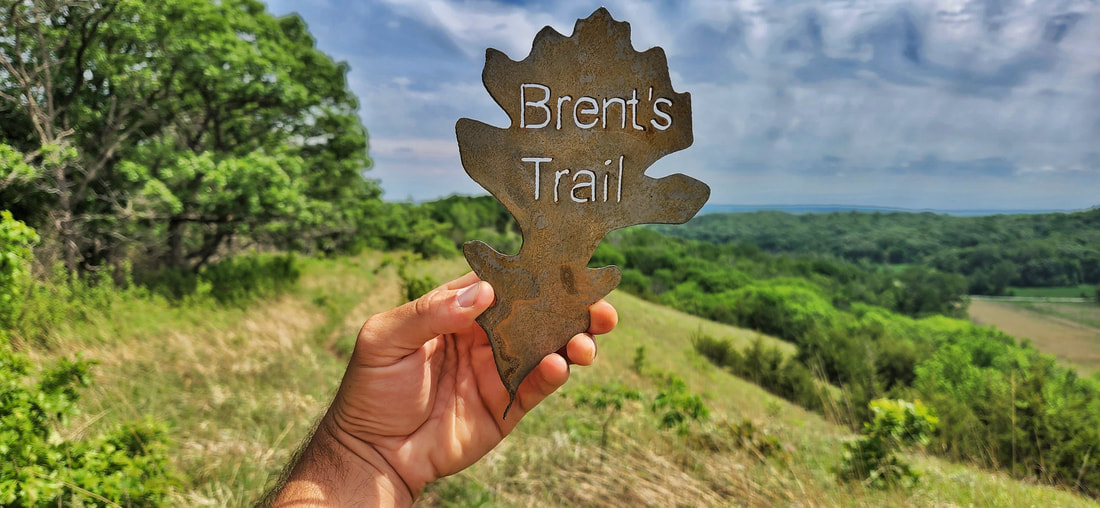
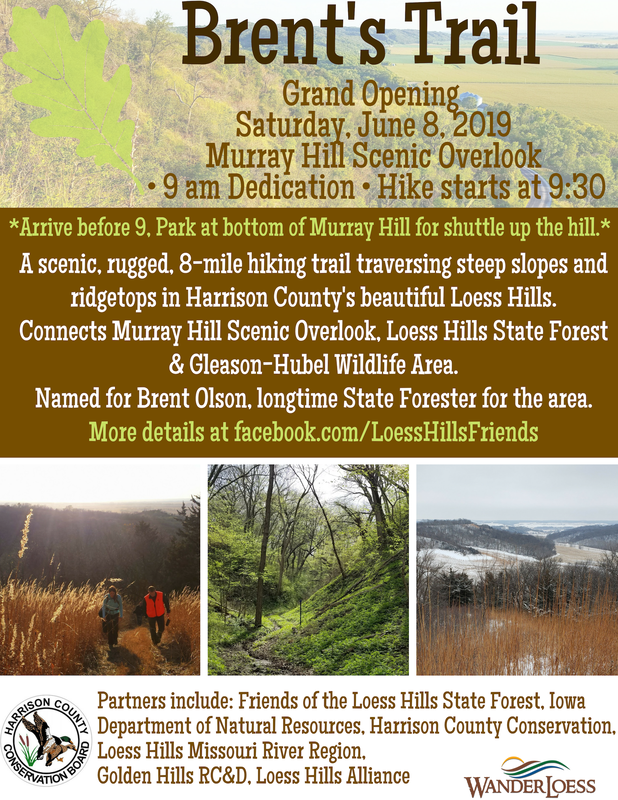
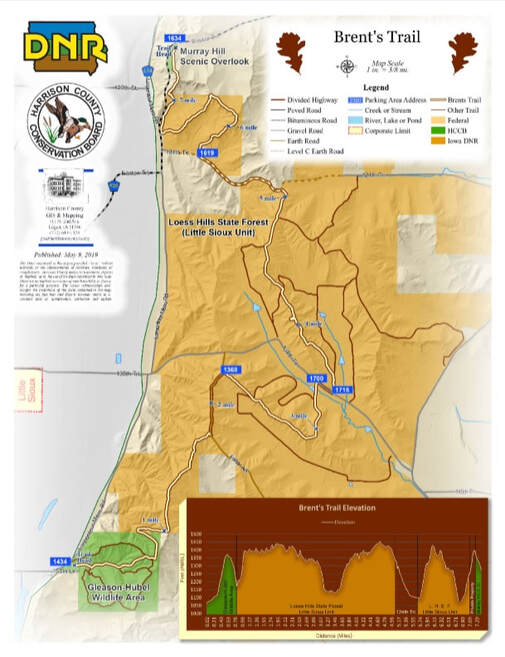
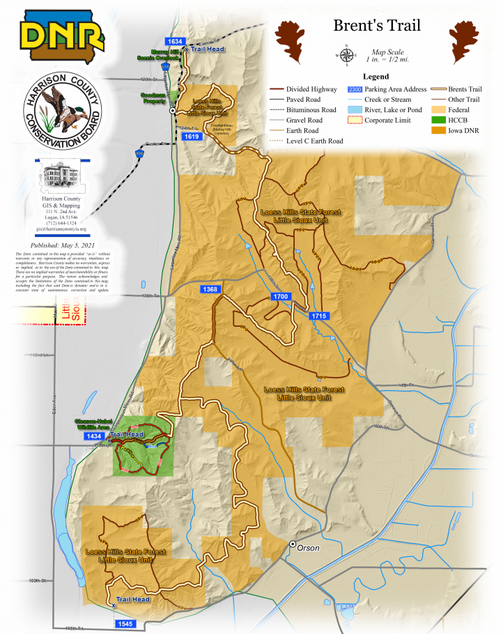
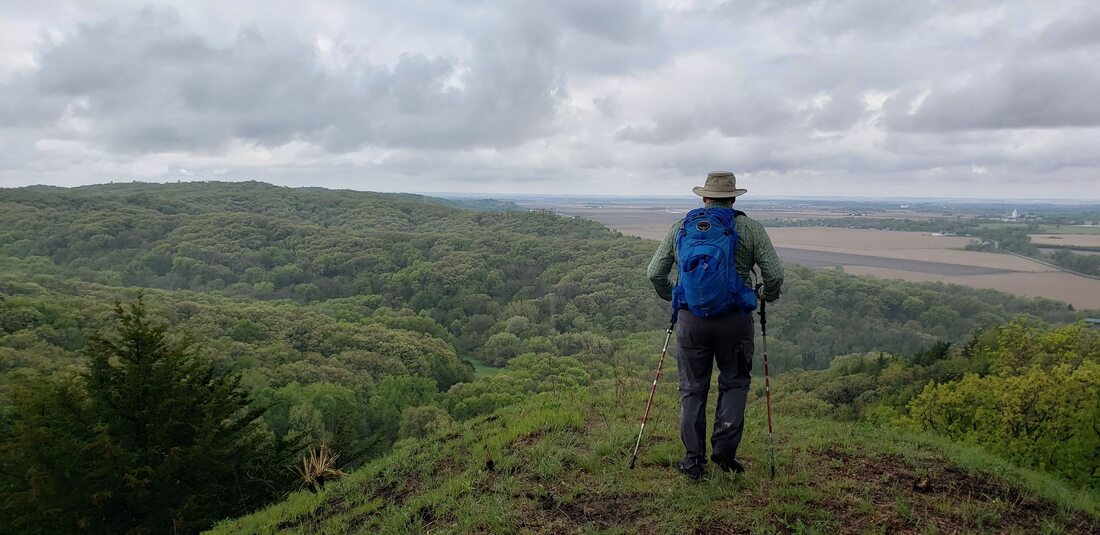
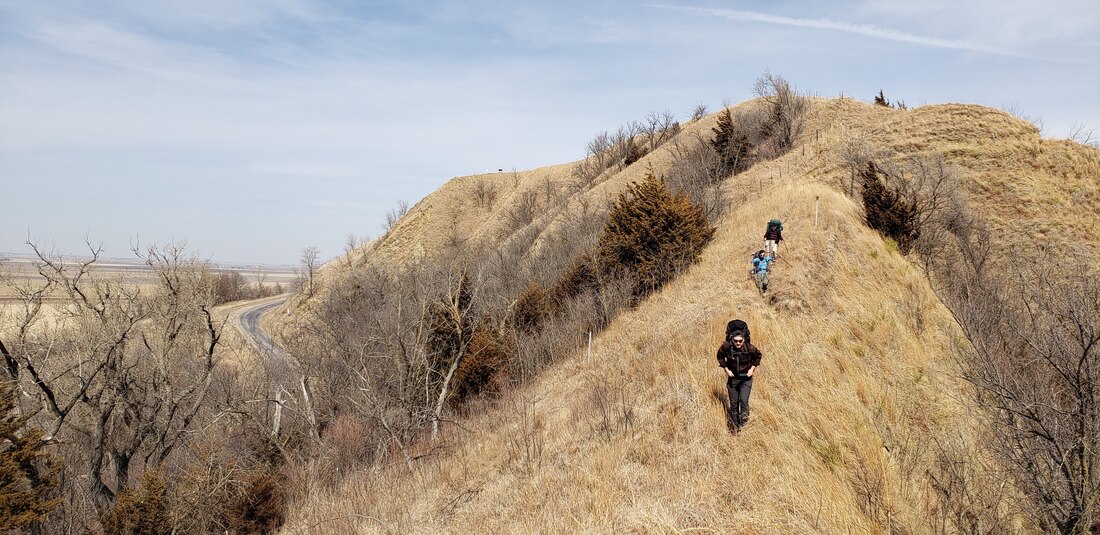
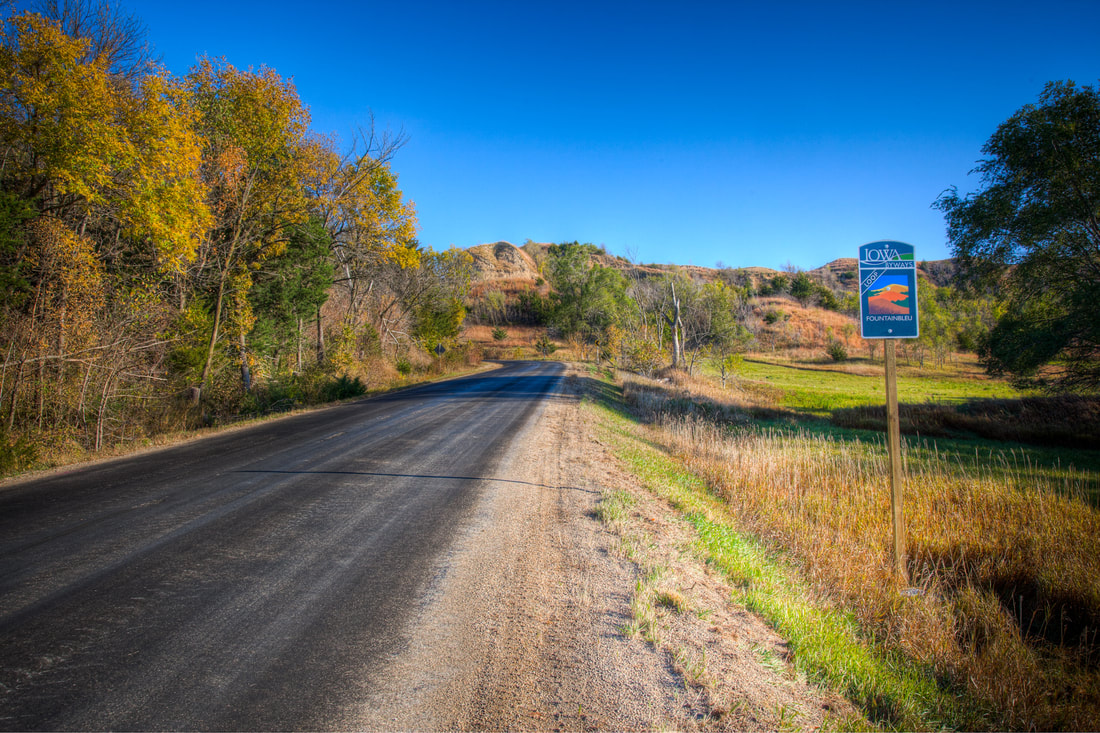
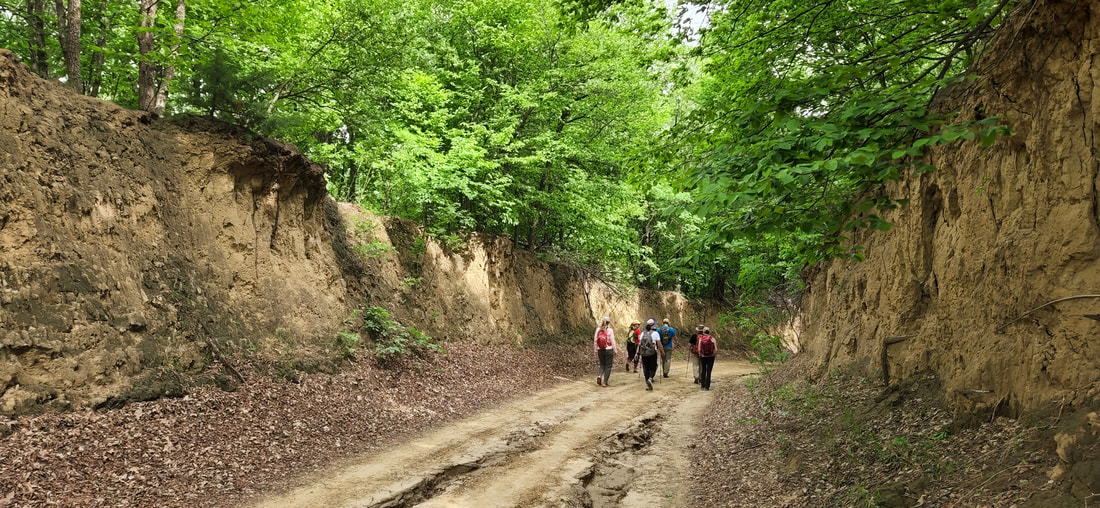
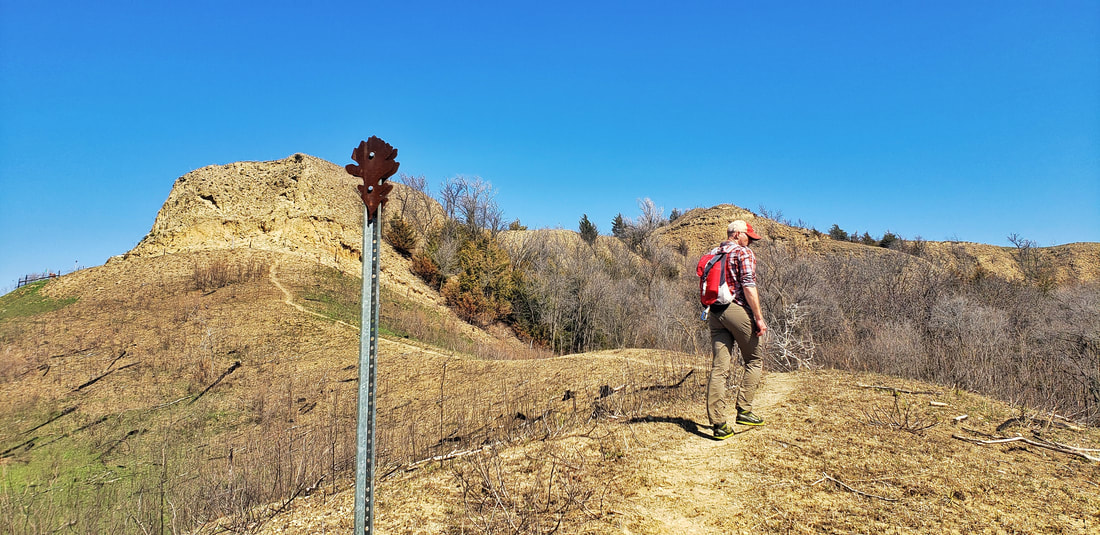
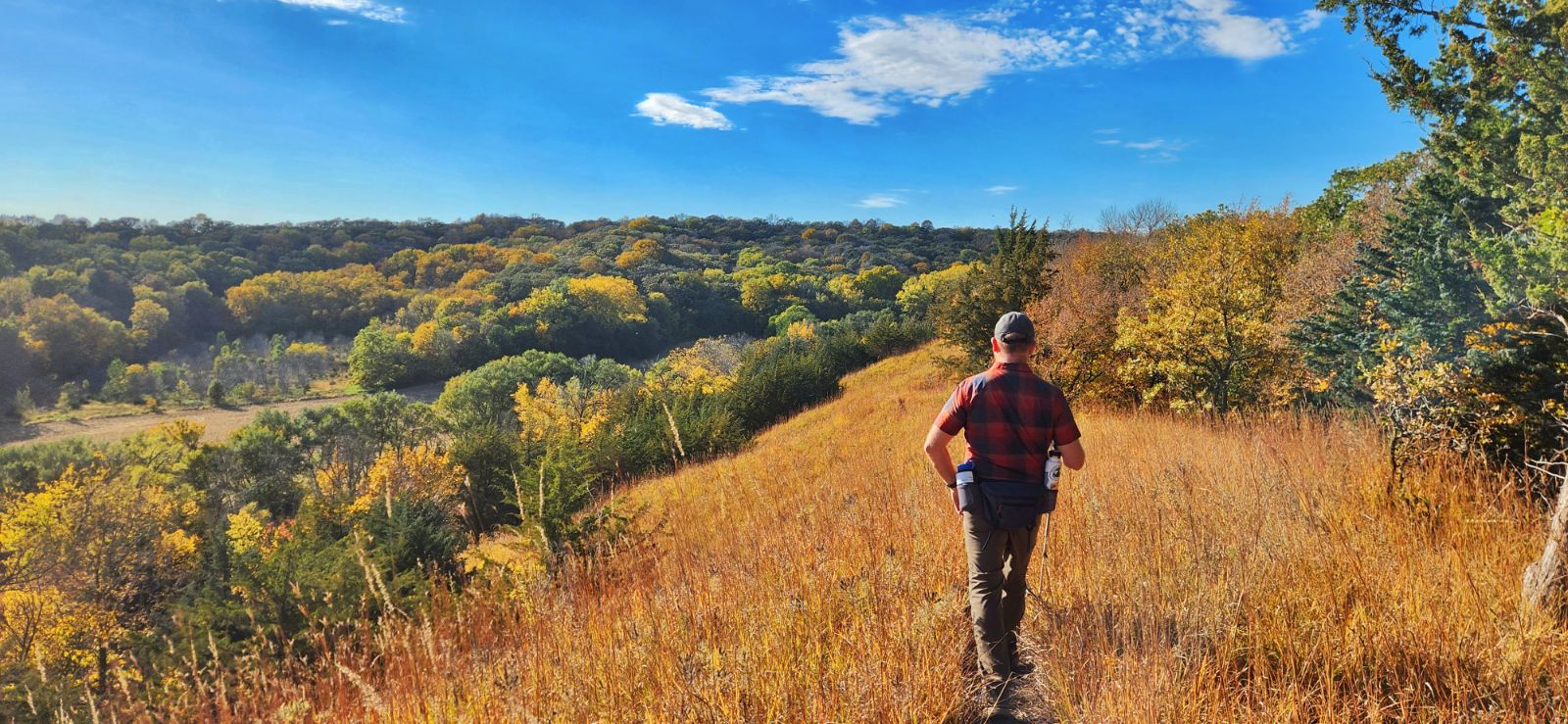
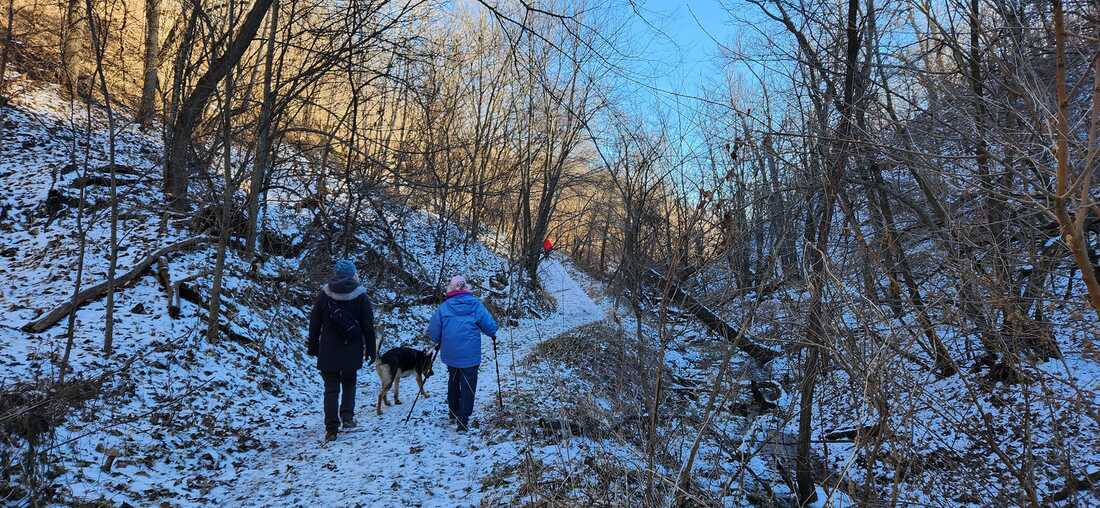
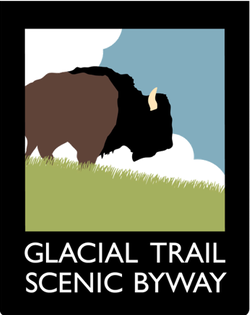
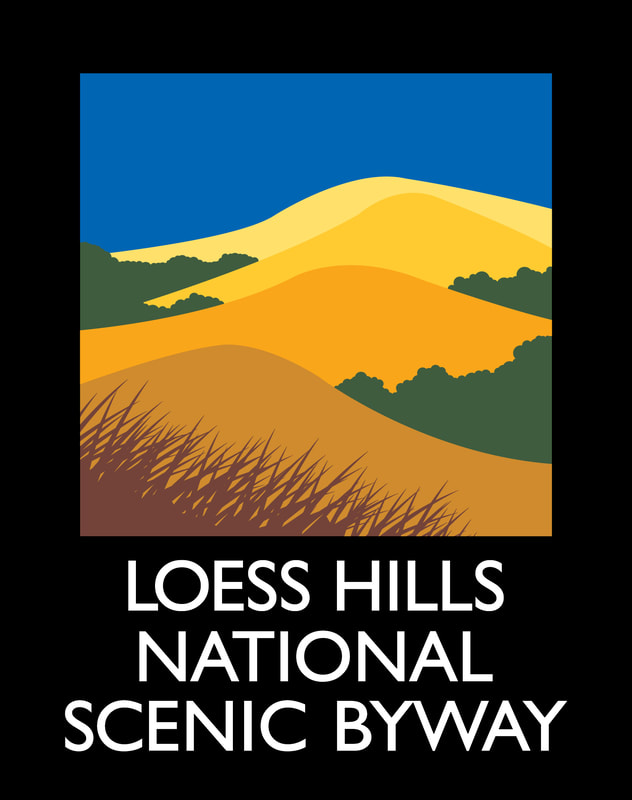
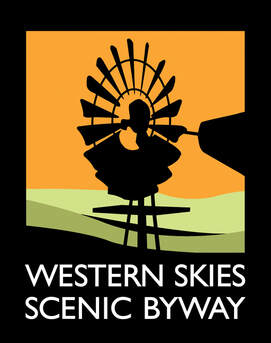
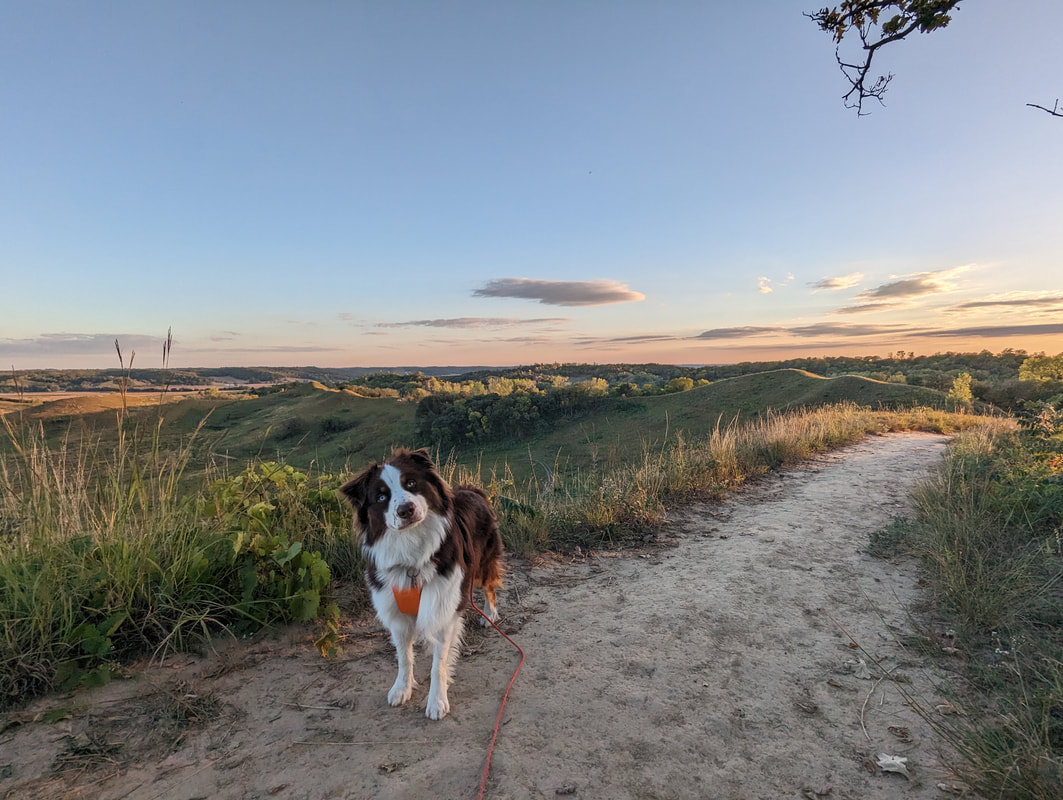
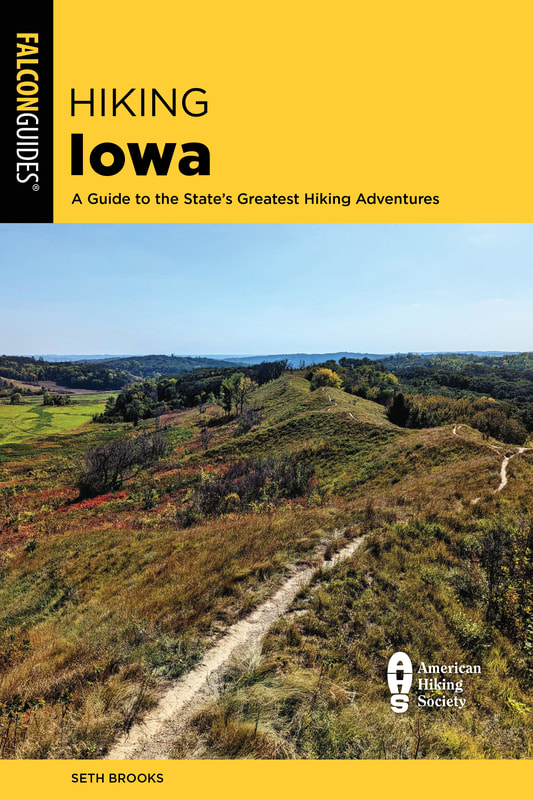
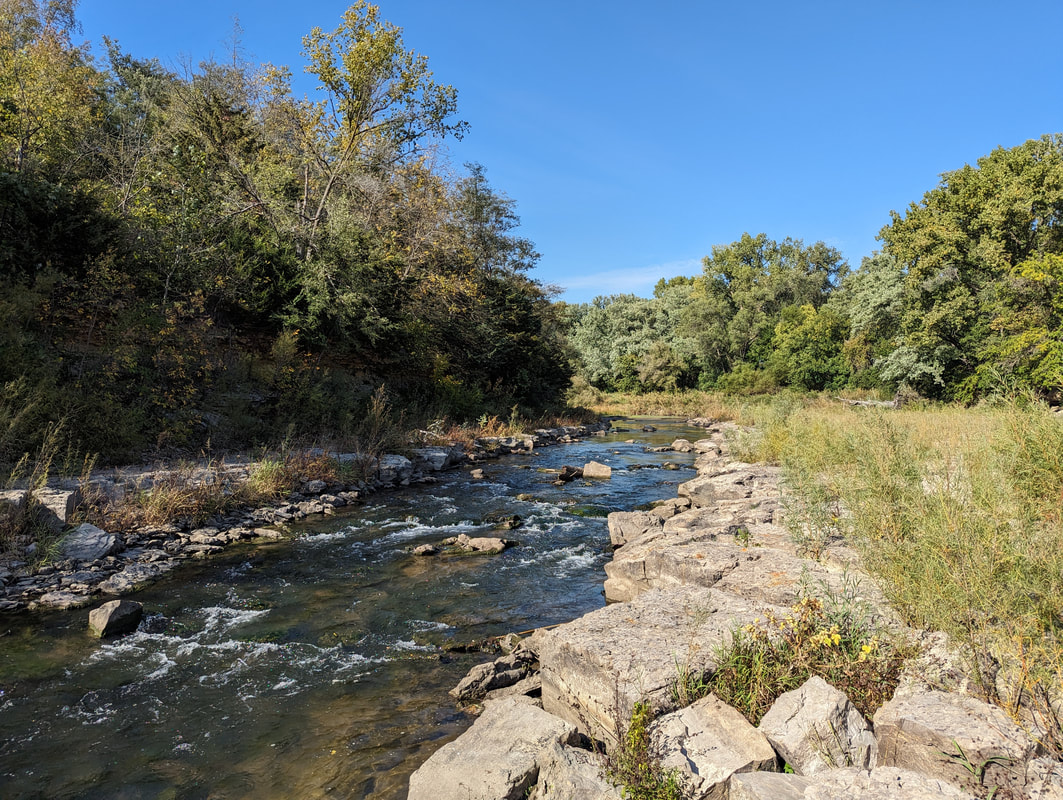
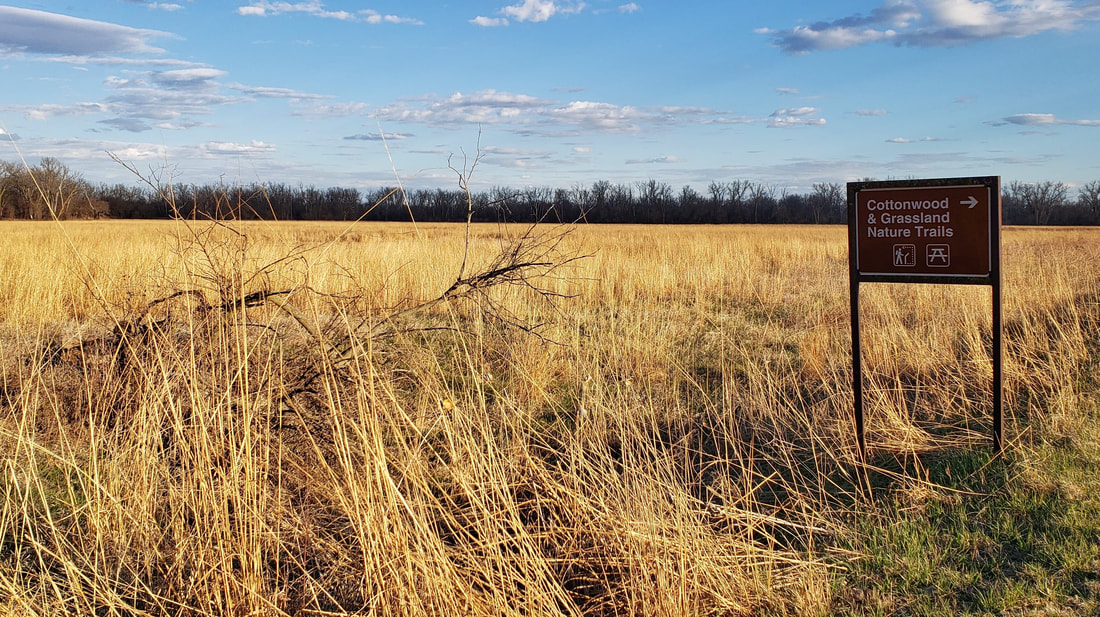
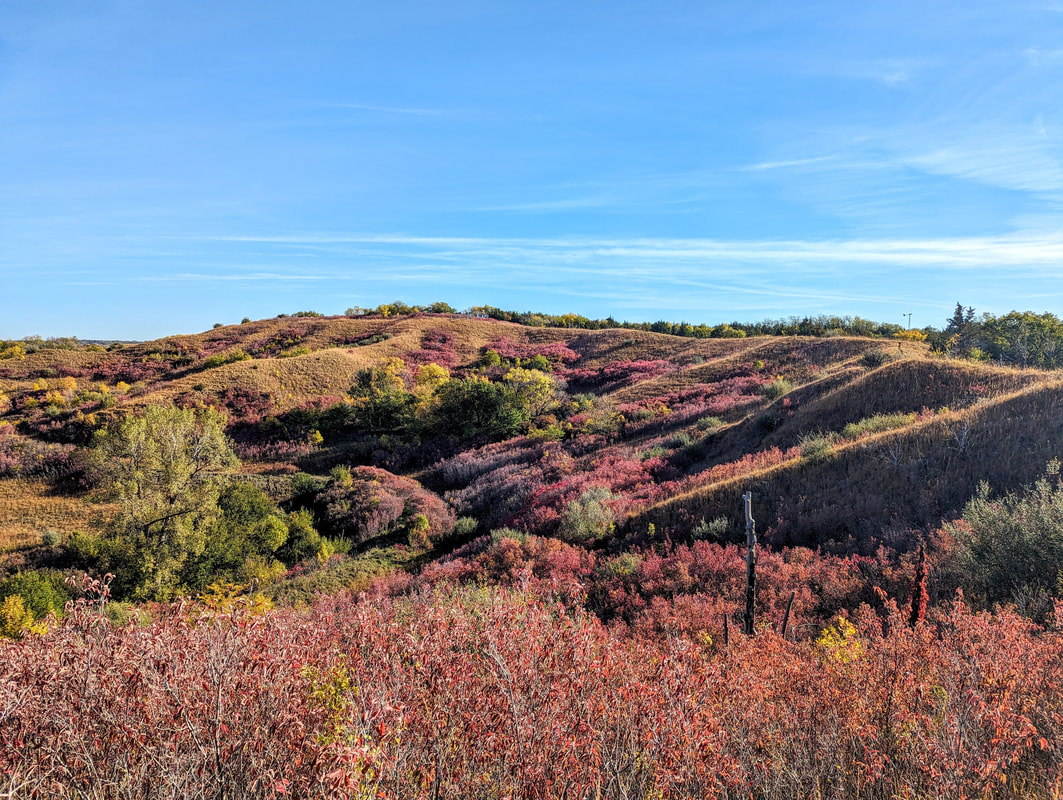
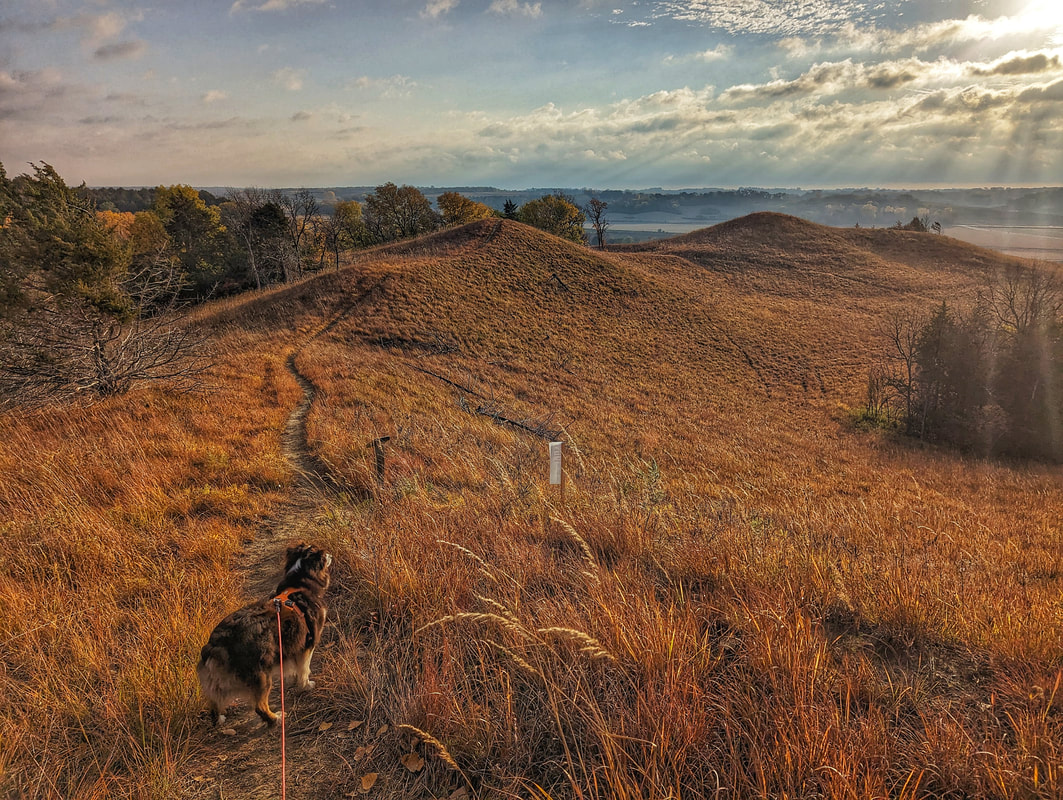
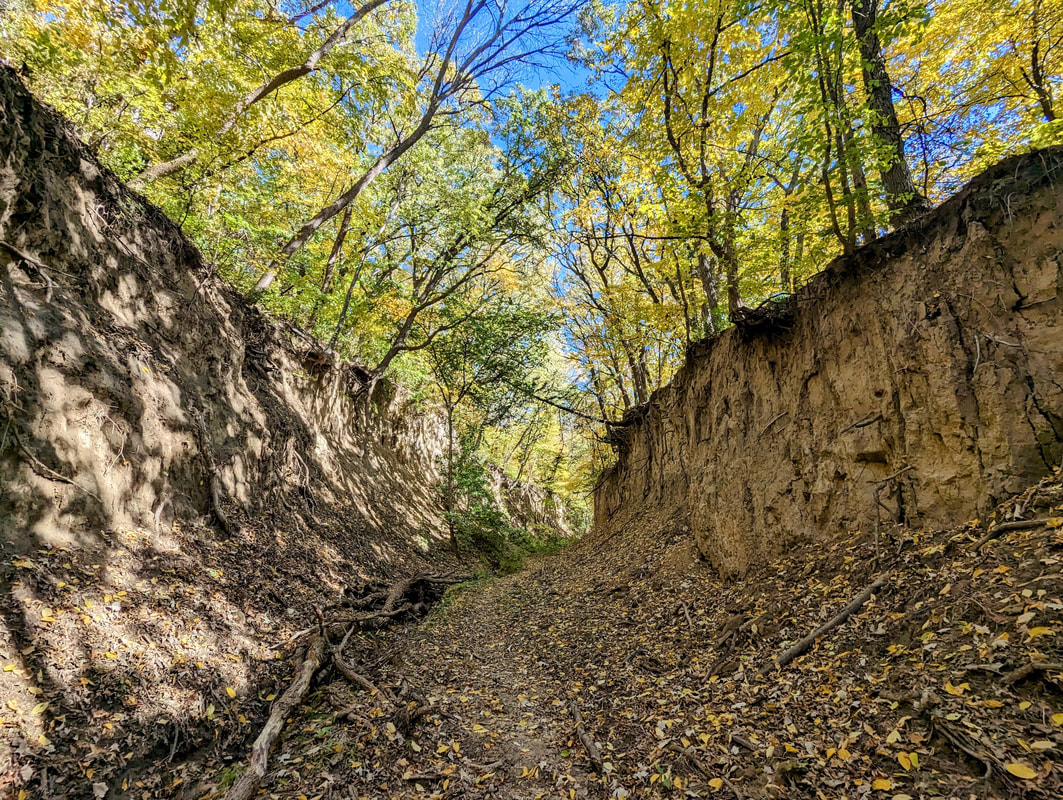
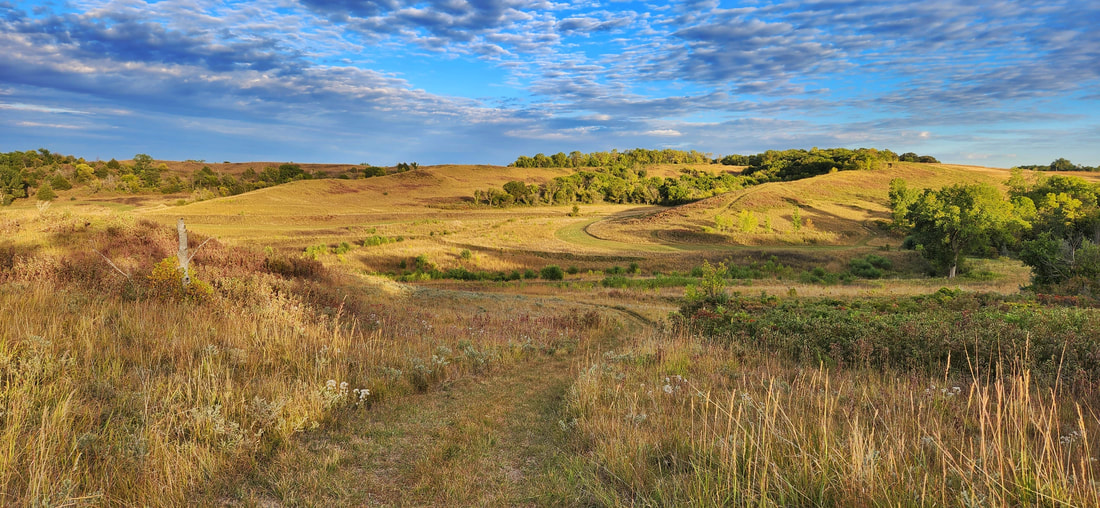
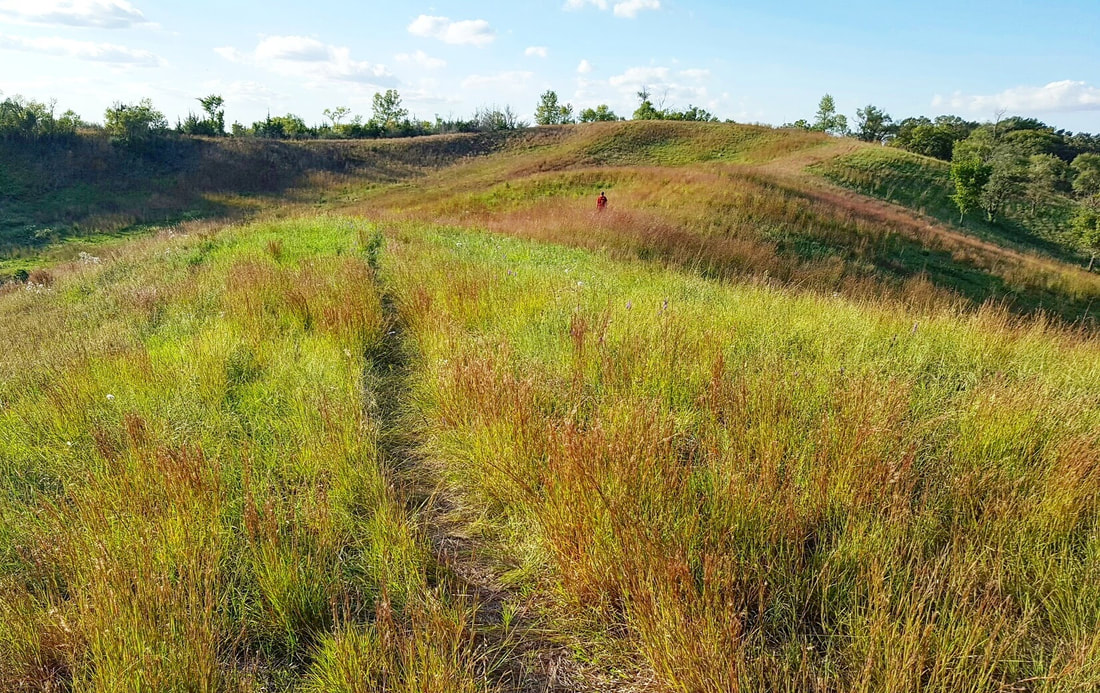
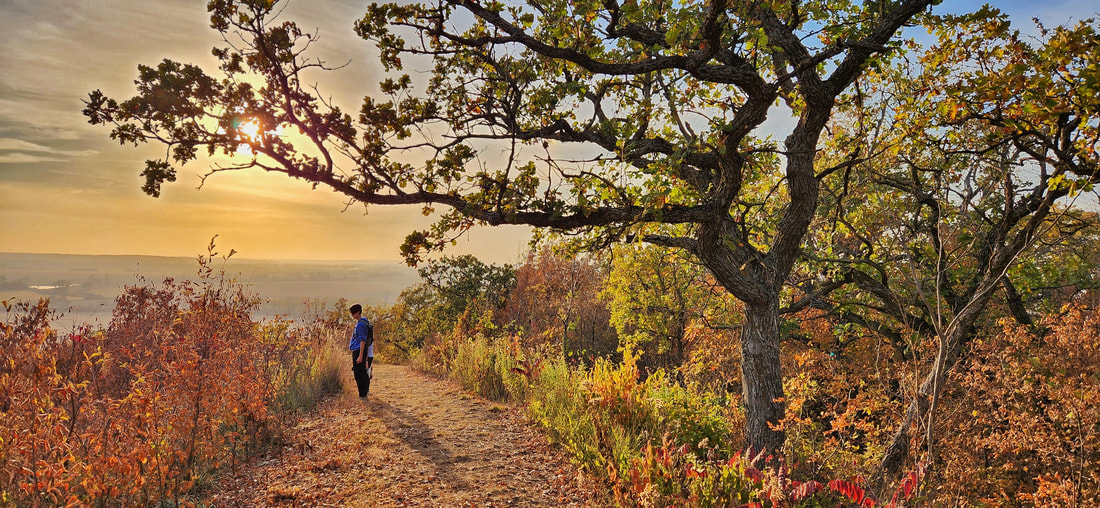
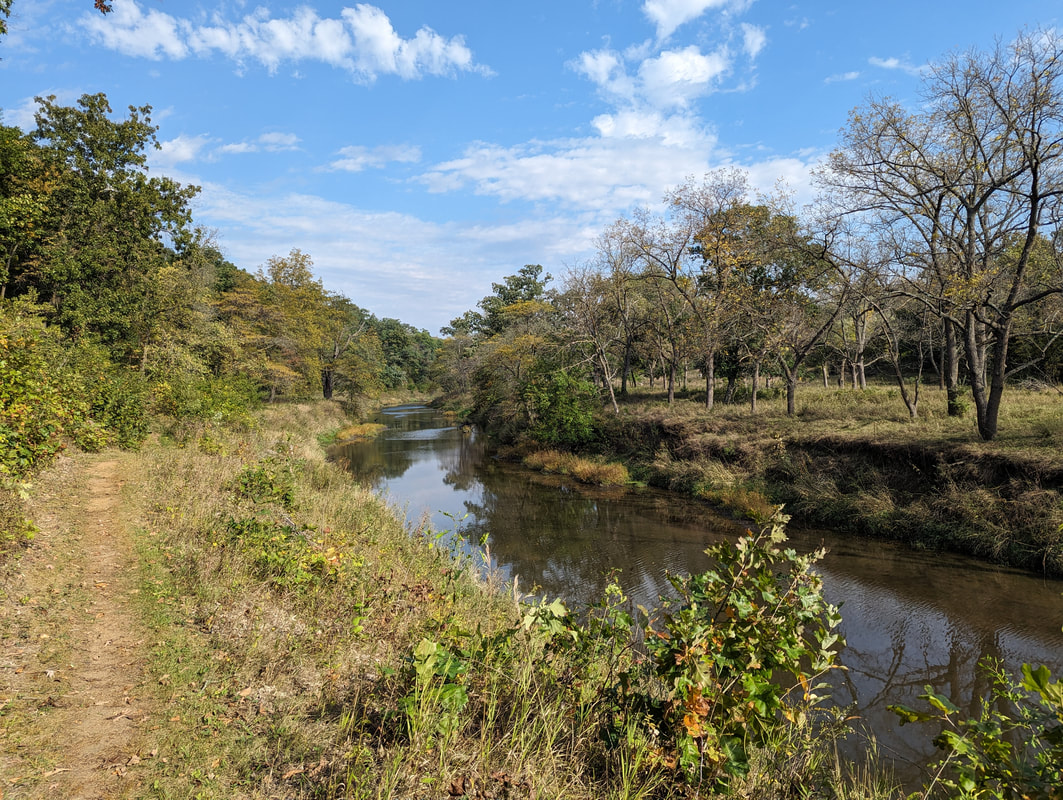
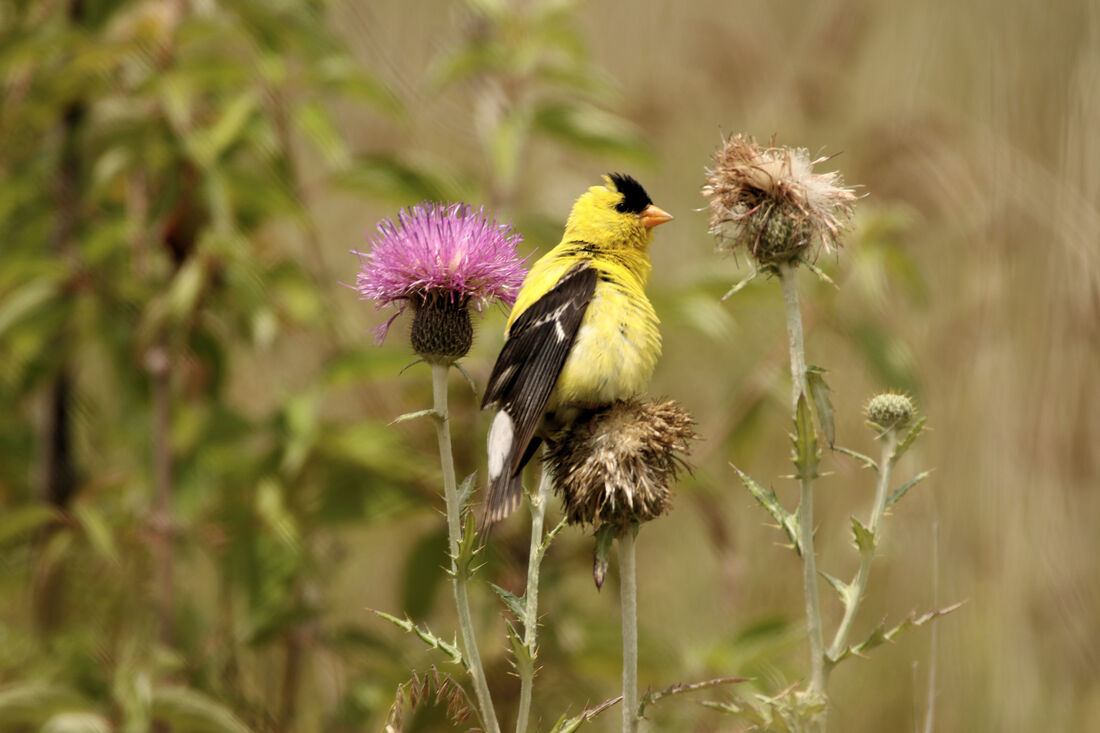
 RSS Feed
RSS Feed